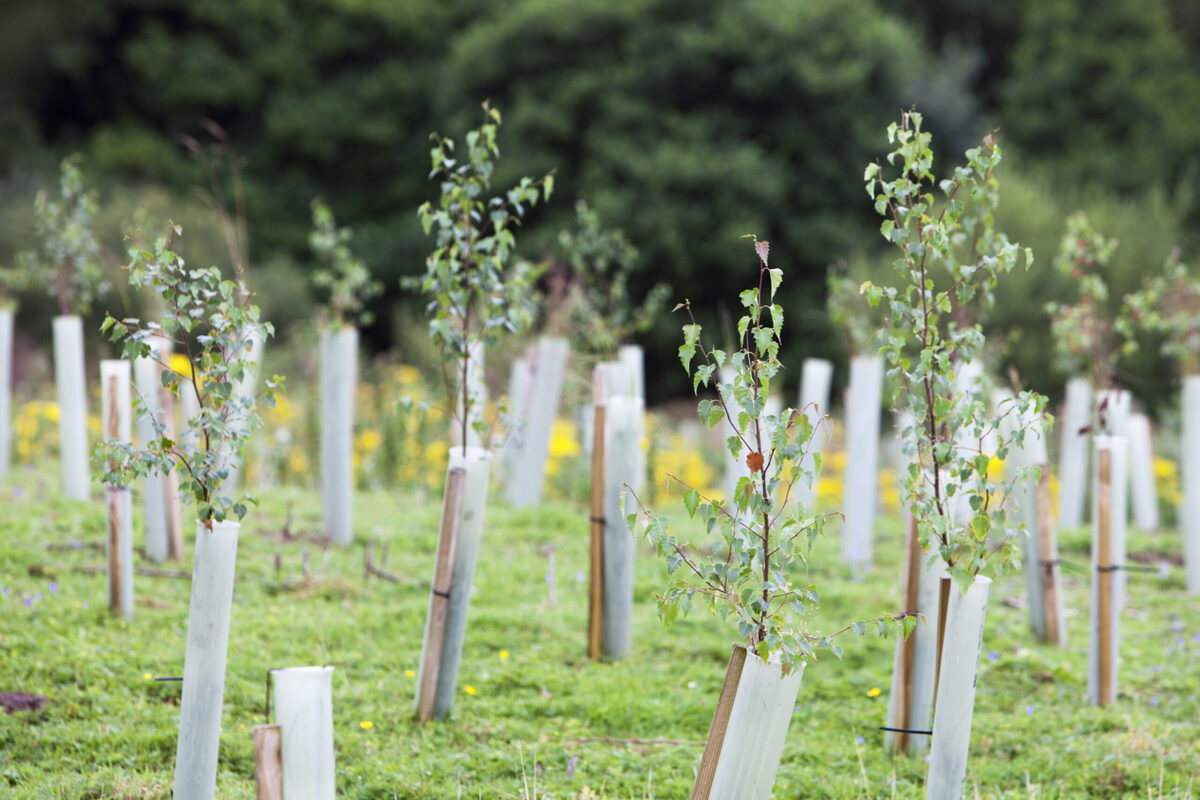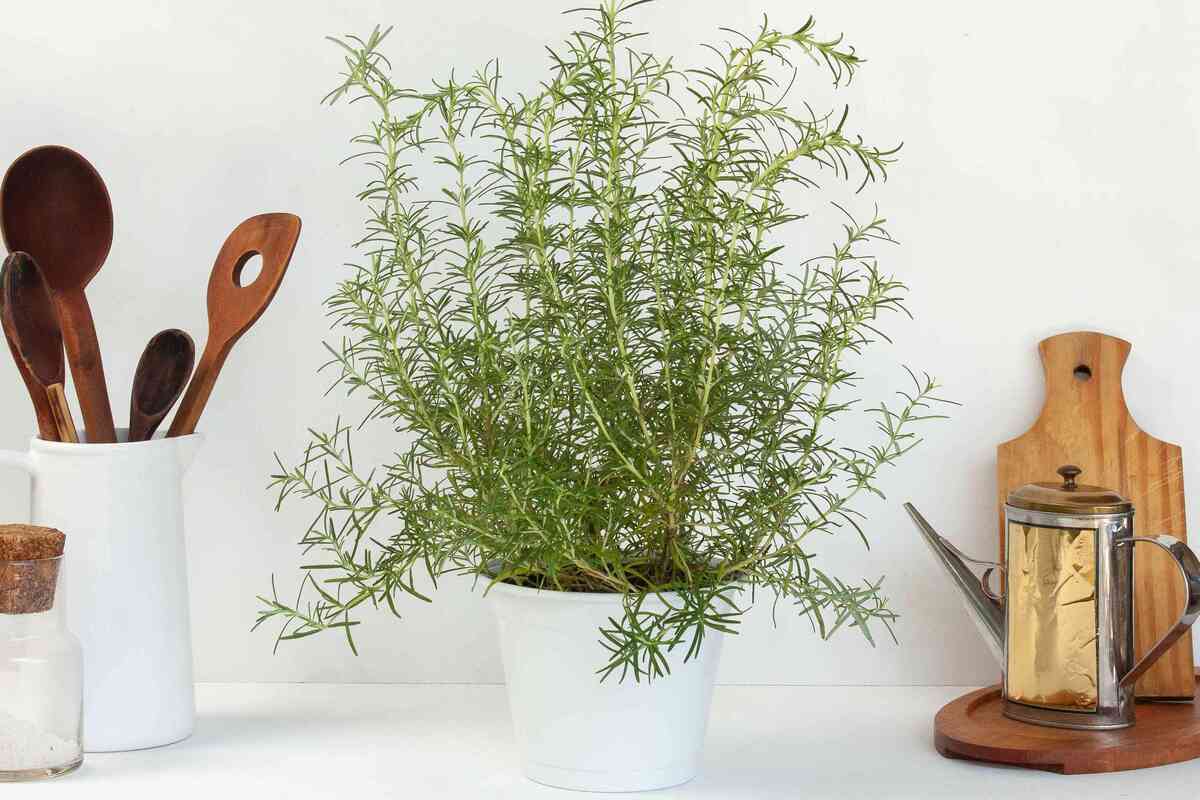Home>Types of Gardening>Ornamental Gardening>When Do You Plant Daylily Bulbs


Ornamental Gardening
When Do You Plant Daylily Bulbs
Published: January 24, 2024
Discover the best time for planting daylily bulbs in your ornamental garden. Learn the essential tips for successful cultivation.
(Many of the links in this article redirect to a specific reviewed product. Your purchase of these products through affiliate links helps to generate commission for Chicagolandgardening.com, at no extra cost. Learn more)
Table of Contents
**
Introduction
**
Welcome to the enchanting world of daylilies! If you're an avid gardener or someone who simply appreciates the beauty of ornamental plants, then daylilies are sure to captivate your heart. These vibrant and resilient flowers, scientifically known as Hemerocallis, are cherished for their stunning blooms, which come in a kaleidoscope of colors and patterns. As a perennial plant, daylilies offer the joy of witnessing their splendid blossoms year after year, making them a beloved addition to any garden.
In this comprehensive guide, we will delve into the art of planting daylily bulbs, exploring the optimal timing for planting, the essential steps to ensure their successful establishment, and the subsequent care required to nurture these botanical treasures. Whether you're a novice gardener or a seasoned horticulture enthusiast, this article will equip you with the knowledge and confidence to cultivate a thriving daylily haven in your own outdoor sanctuary.
As we embark on this horticultural journey, prepare to be immersed in the fascinating realm of daylilies, where each bloom tells a story of resilience, elegance, and the timeless allure of nature. Let's unravel the secrets to planting and nurturing these exquisite flowers, and discover the profound joy they bring to the enchanting tapestry of your garden.
**
Understanding Daylily Bulbs
**
Before delving into the specifics of planting daylily bulbs, it’s essential to grasp the fundamental nature of these botanical gems. Contrary to the term “bulbs,” daylilies actually grow from a mass of fleshy roots known as “rhizomes.” These rhizomes are responsible for storing essential nutrients and energy, enabling the daylilies to survive and thrive through various seasons.
Daylilies are renowned for their adaptability and resilience, making them well-suited for a wide range of climates and soil conditions. Their robust nature allows them to endure both harsh winters and scorching summers, making them a popular choice for gardeners seeking low-maintenance yet visually rewarding flora.
One of the most intriguing aspects of daylilies is their diverse array of cultivars, boasting an extensive spectrum of colors, shapes, and sizes. From delicate pastel hues to vibrant and bold shades, daylilies offer an unparalleled palette for garden enthusiasts to express their artistic inclinations. Furthermore, their blossoms exhibit varying forms, including ruffled, trumpet-shaped, and double-petaled blooms, adding an extra layer of allure to these captivating flowers.
Another noteworthy characteristic of daylilies is their remarkable versatility in landscaping. Whether adorning flower beds, borders, or containers, daylilies effortlessly elevate the aesthetic appeal of any outdoor space. Moreover, their ability to thrive in both sun-drenched and partially shaded areas further enhances their desirability as a landscaping staple.
As we unravel the enchanting world of daylilies, it becomes evident that these botanical treasures possess an innate charm and resilience, making them a cherished addition to any garden. Understanding the intricacies of daylily bulbs sets the stage for a fulfilling journey into the art of cultivating these timeless beauties.
Best Time to Plant Daylily Bulbs
Timing plays a pivotal role in the successful establishment of daylily bulbs, ensuring that these resilient perennials flourish to their full potential. The optimal time to plant daylilies is during the transitional seasons of spring and fall. In regions with milder climates, planting in either early spring or early fall is ideal, allowing the daylilies to acclimate before the onset of extreme weather conditions.
Spring planting offers the advantage of providing daylilies with ample time to establish their root systems before the arrival of summer, enabling them to withstand the heat and dry spells. Additionally, the mild temperatures and increased daylight during spring stimulate robust growth, empowering the newly planted daylilies to adapt and thrive in their new environment.
Conversely, fall planting presents an opportune window for establishing daylilies before the onset of winter dormancy. By planting in early fall, the daylilies can capitalize on the moderate temperatures and moisture levels, allowing their root systems to develop and strengthen before the arrival of frost. This strategic timing sets the stage for a resilient and vigorous display of blooms during the following growing season.
It’s important to note that the timing of daylily planting should align with the local climate and weather patterns. In cooler climates, where the ground freezes during winter, it’s advisable to complete the planting process several weeks before the first frost date. This ensures that the daylilies have sufficient time to establish their roots and prepare for the dormancy period, safeguarding their vitality and resilience.
By understanding the significance of timing in daylily planting, gardeners can harness the natural rhythms of the seasons to create an optimal environment for these beloved perennials. Whether embraced by the rejuvenating spirit of spring or the tranquil allure of fall, the strategic timing of daylily planting sets the stage for a flourishing tapestry of blooms in the garden.
Steps to Plant Daylily Bulbs
Planting daylily bulbs is a gratifying endeavor that begins with thoughtful preparation and culminates in the promise of vibrant blooms gracing the garden. Here are the essential steps to plant daylily bulbs and set the stage for a flourishing display of these botanical treasures:
Step 1: Selecting an Ideal Location
Choose a suitable location in the garden that receives ample sunlight, as daylilies thrive in full to partial sun. Ensure that the soil is well-draining to prevent waterlogged conditions, which can compromise the health of the daylily bulbs.
Step 2: Preparing the Soil
Before planting, prepare the soil by incorporating organic matter such as compost or well-rotted manure. This enriches the soil, providing essential nutrients and enhancing its texture, which is conducive to robust growth and blooming.
Step 3: Digging the Planting Holes
Using a garden trowel, dig individual planting holes for the daylily bulbs, ensuring that each hole is spacious enough to accommodate the bulb’s root system. The depth of the hole should be such that the top of the bulb is positioned just below the soil surface.
Step 4: Placing and Positioning the Bulbs
Gently place the daylily bulbs in the prepared holes, ensuring that the roots are spread out and positioned in a natural, downward direction. Space the bulbs at recommended intervals to allow for adequate air circulation and future growth.
Step 5: Backfilling and Watering
Carefully backfill the holes with the enriched soil, ensuring that the bulbs are securely nestled in place. Water the newly planted bulbs thoroughly to settle the soil and initiate the establishment process.
Step 6: Mulching and Maintenance
Apply a layer of organic mulch around the planted bulbs to conserve moisture, suppress weeds, and provide insulation. Monitor the soil moisture levels and ensure that the daylily bulbs receive adequate water during the initial phase of establishment.
By following these meticulous steps, gardeners can plant daylily bulbs with confidence, laying the foundation for a vibrant and thriving display of these resplendent flowers. The careful attention to detail in each step ensures that the daylilies are poised for robust growth and the eventual unveiling of their captivating blooms.
Caring for Daylilies After Planting
Once the daylily bulbs have been successfully planted, diligent care and attention are essential to nurture their growth and ensure a bountiful display of blooms. The following guidelines outline the crucial aspects of caring for daylilies after planting, fostering their resilience and enhancing their ornamental allure:
1. Watering:
Consistent watering is vital during the initial stages after planting. Ensure that the soil remains evenly moist, but not waterlogged, to facilitate the establishment of the daylily bulbs. During periods of prolonged dryness, supplemental watering is beneficial to support healthy growth.
2. Fertilization:
Apply a balanced, slow-release fertilizer around the base of the daylilies in early spring, following the manufacturer’s recommendations. This provides the essential nutrients necessary for robust growth and prolific blooming. Avoid over-fertilization, as it can lead to excessive foliage at the expense of blooms.
3. Mulching:
Mulch the soil around the daylilies to conserve moisture, regulate soil temperature, and suppress weed growth. Organic mulch, such as shredded bark or compost, serves as a protective layer while enriching the soil as it decomposes.
4. Deadheading:
Remove spent blooms promptly to encourage continuous flowering and prevent the formation of seed pods, which can divert energy away from blooming. Deadheading also contributes to a tidy and visually appealing garden aesthetic.
5. Division:
Every few years, consider dividing mature daylily clumps to rejuvenate their vigor and promote better blooming. This process involves carefully lifting the clumps, separating them into smaller sections, and replanting the divisions in suitable locations.
6. Pest and Disease Management:
Monitor the daylilies for signs of pests such as aphids, thrips, or spider mites, and promptly address any infestations. Additionally, be vigilant for symptoms of common daylily diseases such as leaf streak or crown rot, implementing appropriate measures for prevention and control.
By adhering to these essential care practices, gardeners can ensure that their daylilies thrive and adorn the garden with an abundance of resplendent blooms. The attentive care provided after planting sets the stage for the enduring beauty and vitality of these beloved ornamental perennials.
Conclusion
The journey of planting and caring for daylily bulbs is a testament to the profound joy and timeless allure that these botanical treasures bring to the garden. From the meticulous process of planting the resilient rhizomes to the nurturing care that fosters their growth, daylilies captivate the hearts of garden enthusiasts with their vibrant blooms and enduring charm.
As we have explored the intricacies of understanding daylily bulbs, identified the optimal timing for planting, and outlined the essential steps for their establishment, it becomes evident that daylilies embody a harmonious blend of resilience and elegance. Their adaptability to diverse climates, captivating array of cultivars, and versatility in landscaping render them indispensable in the ornamental garden landscape.
Furthermore, the post-planting care guidelines underscore the commitment required to ensure the flourishing of daylilies, from diligent watering and fertilization to vigilant pest and disease management. This dedication to nurturing the well-being of daylilies is rewarded with a profusion of exquisite blooms, each a testament to the enduring beauty of these botanical marvels.
As gardeners witness the resplendent display of daylily blooms gracing their outdoor sanctuaries, a profound connection to the rhythms of nature and the timeless cycle of growth and renewal is forged. The allure of daylilies extends beyond their visual splendor, evoking a sense of tranquility and wonder that enriches the tapestry of the garden.
In conclusion, the art of planting and caring for daylilies transcends horticulture, offering a profound journey of connection to the natural world and the enduring splendor of these botanical treasures. As each daylily bloom unfurls in all its resplendent glory, it becomes a testament to the enduring beauty and vitality that enriches the garden and the hearts of those who tend to it.




